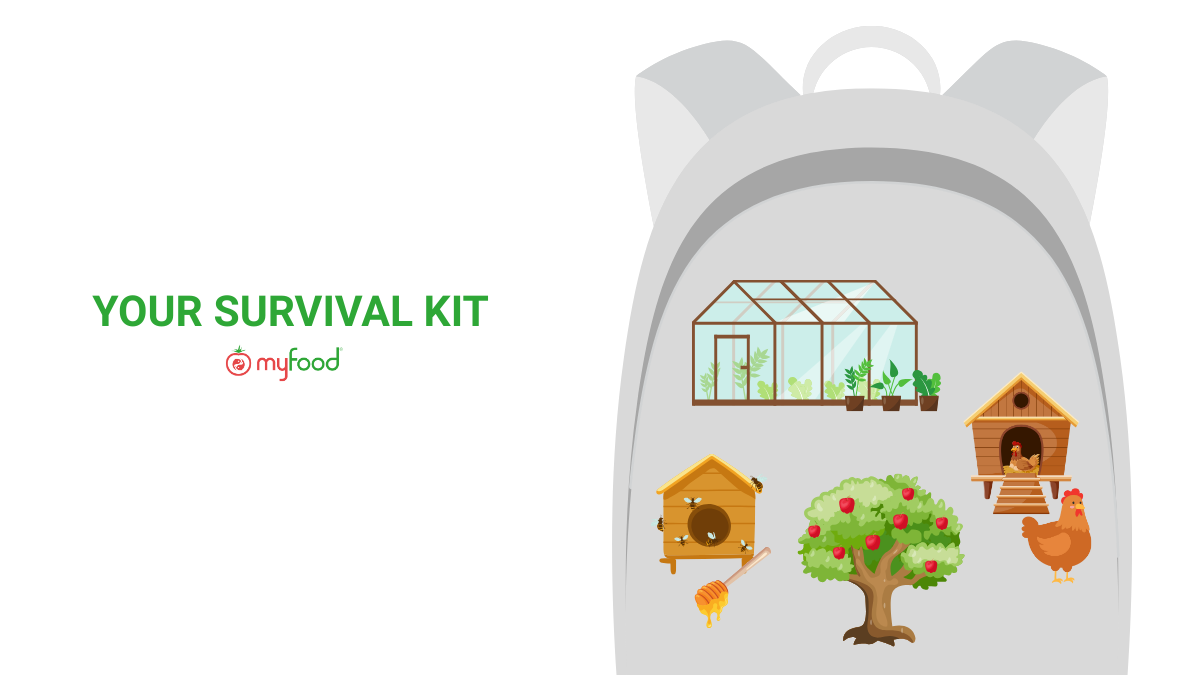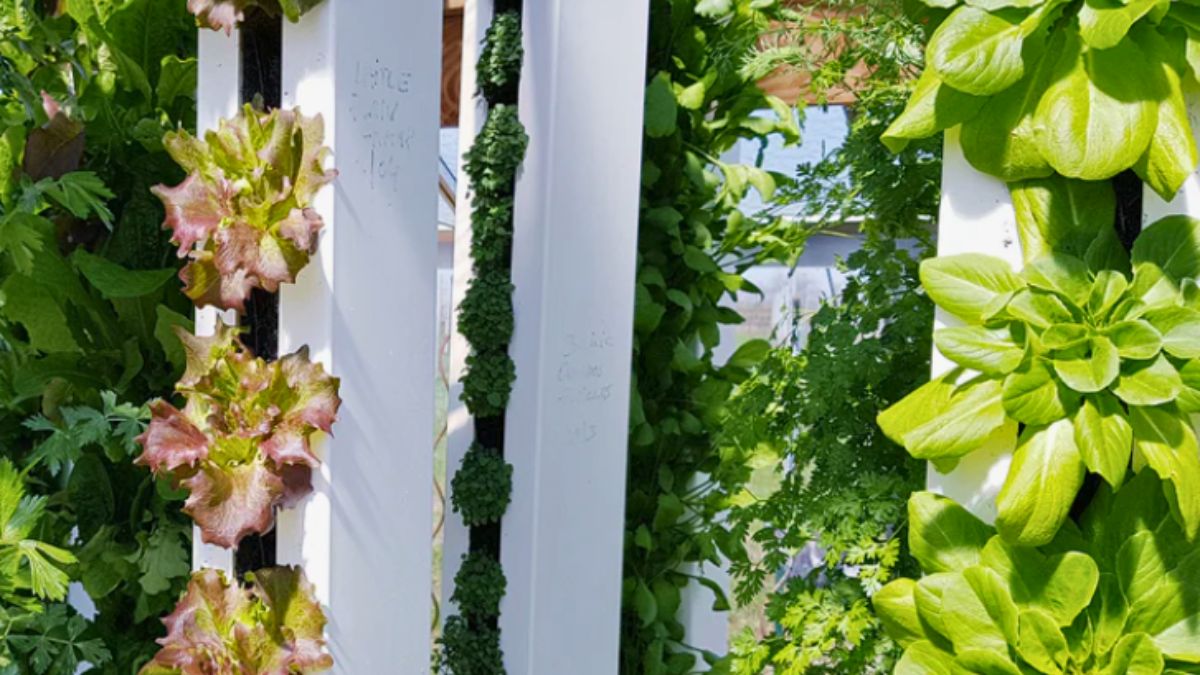In light of the European Union’s recommendations and growing concerns fueled by crises—whether stemming from natural disasters or conflicts—many media outlets today emphasize the importance of a 72-hour survival kit.
Rather than limiting yourself to temporary solutions, why not aim for lasting autonomy by learning to fend for yourself? In other words, have you considered investing in enduring self-sufficiency instead of merely stockpiling supplies for a few days?

On Wednesday, March 26, the European Commission proposed a crisis preparedness and management strategy that includes assembling a survival kit, ranging from a water bottle and vitamin bars to a flashlight and a box of matches. The EU also suggested a national preparedness day.
Several states have also decided to publish guides for their citizens. The French government, for example, announced on March 21 that it would send a survival manual to its citizens.
This new strategy is intended to prevent panic during a crisis, whether it be a natural disaster, a pandemic, or a potential conflict. The COVID-19 crisis was used as an example. When the lockdown was announced, citizens rushed to supermarkets to secure their “survival” supplies—a reaction that could be mitigated or even avoided with proper preparation.
If these anticipatory measures aim to limit panic for 72 hours, what about the medium to long term? What happens afterward?
The 72-hour survival kits are designed to address an immediate emergency. They provide a temporary solution with non-perishable products that are often limited in variety, suitable for the initial hours of a crisis.
However, these kits do not offer a complete solution to the challenges of long-term food autonomy. For true resilience, it is necessary to consider sustainable solutions that allow you to produce your own food, thereby ensuring continuous food security.

Owning your own greenhouse offers numerous benefits (definitely better than a bunker!):
Unlike survival kits, a greenhouse provides a lasting solution that fits into a long-term investment strategy. It transforms food supply into a proactive approach, allowing you to handle unforeseen circumstances while ensuring continuous food security.
So, before equipping yourself with a 72-hour survival kit, consider investing in your food future! Prepare for the summer season and install your greenhouse now.